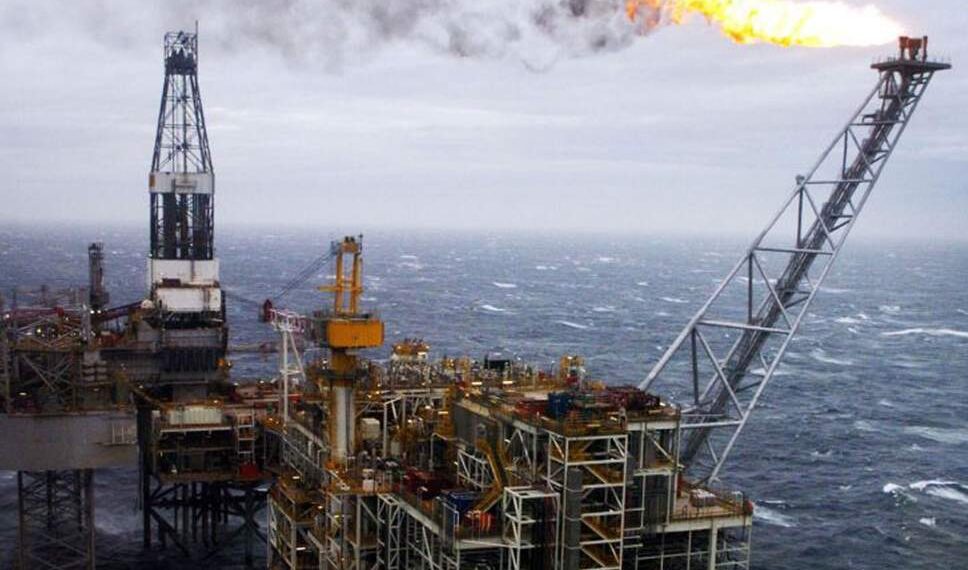Nigeria has witnessed a sharp rise in operating drilling rigs, and its count remained at 69 early this month—a sharp surge from single digits a couple of years earlier, regulatory and industry officials said.
The Nigerian Upstream Petroleum Regulatory Commission termed the surge as proof that regulatory certainty and targeted incentives are driving new investment into exploration and production.
The count of rigs — said to rise from 8 to 69 over four years reflects a string of developments: renewed investor demand following policy shifts, efforts to pre-book oil-bearing areas, and operator commitments to bring on more fields. Regulators and industry associations assure that the rise is not merely a top-line figure but also an indicator of project pipelines shifting from the planning phase to execution.
Industry insiders cite a combination of more open licensing terms, tax breaks for emerging plays, and improved security deals in some near-offshore and onshore basins. After decades of under-exploitation and production losses because of crude oil pilferage and pipeline issues, some foreign and local companies are bringing back rigs to the Niger Delta and other production locales. Industry analysts point out that while rig counts are a positive development, translating them into long-term production will be a function of the perseverance of old facilities and supply-chain bottlenecks.
More rigs don’t necessarily translate to more production. Several wells must be refurbished, pipelines repaired, and companies must ensure that produced oil is transported to the export terminals safely. The shadow of crude stealing and vandalism still looms over parts of the Delta, and producers point to the need for recurrent maintenance budgets and reliable security partnerships with governments and people. Without them, profits from new drilling will be dampened by losses on midstream and downstream infrastructure.
If the drilling ramp-up yields higher crude volumes, Nigeria may see significant benefits: higher export revenues, better foreign exchange inflows and more royalties and taxes to the federal coffers. Those inflows would support the fiscal strategy and could even ease some naira stress and the external account. For investors, a clearer trajectory of production growth would also justify further capital investment in ancillary services, logistics and local content.
The figures were welcomed by regulators as evidence that policy measures are finally beginning to yield results. Industry associations warned of precipitate action and called for concerted efforts to ease infrastructure constraints in a way that accrues benefit to local communities as well as activity. Operators signaled willingness to invest but emphasized that stable licensing, timely approvals, and assurances to avert crude theft were the preconditions for long-term gains.
The coming months will tell whether the rig surge is a sustainable recovery or a cyclical peak. Production volumes, exportation levels and theft or sabotage episodes will be tracked by the analysts to see whether new drilling is beginning to convert into sellable crude. If all the signs fall into place on the right side, Nigeria could experience a boost in receipts and a sound foundation for economic planning. When there are hindrances, the rig count alone will not be enough to change the overall trend of the sector.





